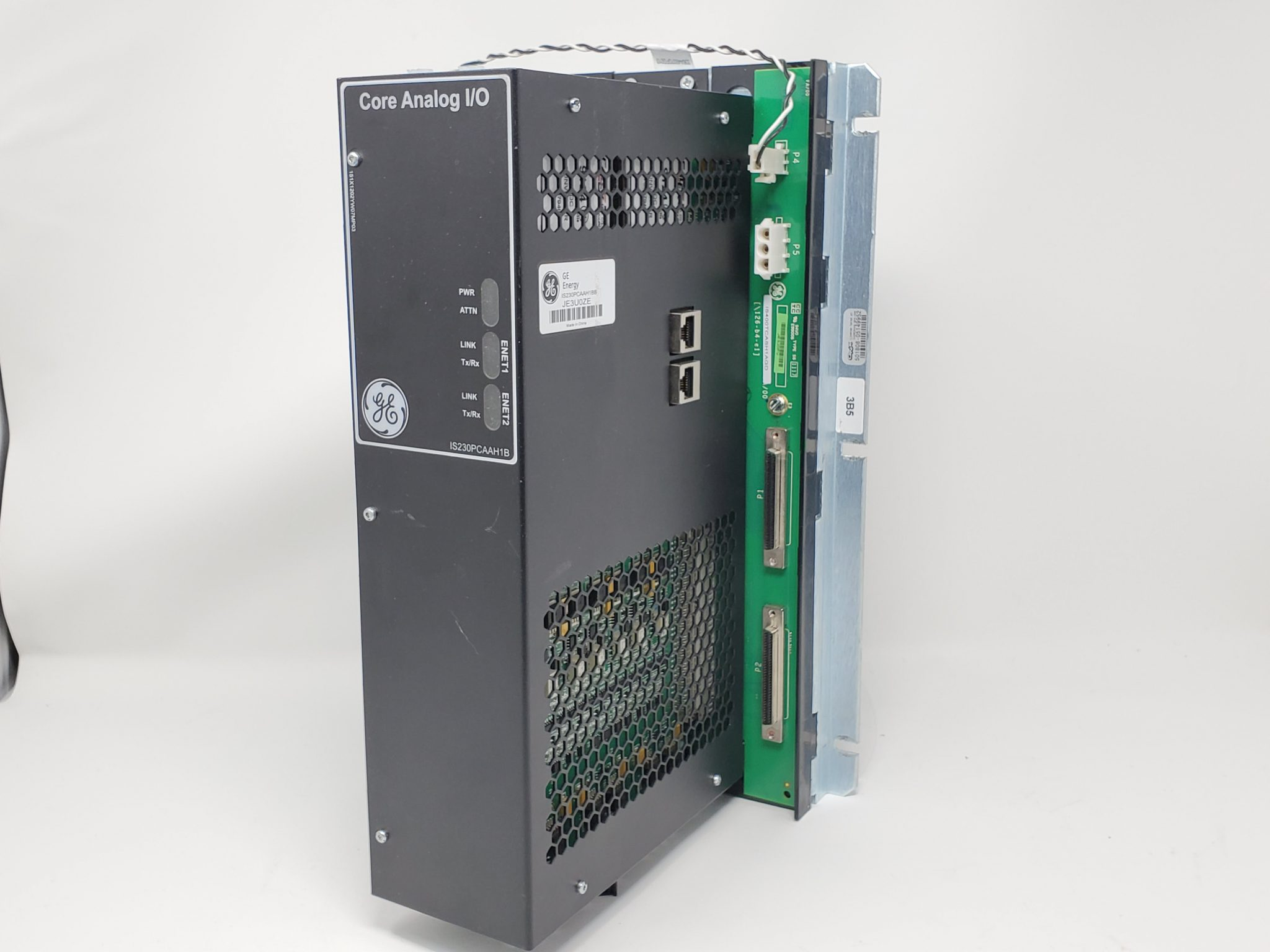
Total Automation: The Next Frontier Is Sensor to Cloud
“Through all layers, the objective of total automation is to use disruptive technology to streamline and automate all processes,” Mustard said.
Brandl agrees that a total automation standard would apply to all layers of the ISA 95 model (Figure 1). “Layer 2 is covered by existing ISA and automation standards. Layer 1 is partially covered by the standards on maintenance and security (automated calibration, automated cleaning, automated alignment, automated error detection, etc.). Layer 3 is mostly covered by ISA 99, 95, and 88. The concept of interoperable distributed workflows helps fill in some of the missing pieces, in my opinion,” he said.

Brandl and Mustard support the proposal of a new standard, or at least a revision to, or expansion of an existing standard. Jonas Berge, senior director of Applied Technology at Emerson in Singapore, submitted a justification for the evaluation of such a standard.
According to Berge, users need guidance in deploying sensors appropriately throughout their plants. “However, there are many equipment categories to cover and if we try add sensors to everything, we will never finish. A good start would be common asset types like pumps and heat exchangers found in all plants. More equipment types and other positions could be included in subsequent revisions or other sections. We could start with common asset types like pumps and heat exchangers found in all plants. More equipment types and other positions can [be included In] subsequent revisions or other sections.”
Whether total automation, digital transformation, Industry 4.0, or IIoT, getting real-time data begins with the sensors. “Users don’t always know what to sense, what sensors are required on each equipment type, what mechanical gauges should be replaced by sensors, where submetering is required, or what update period to set,” explained Berge. “A standard could help plants—especially process plants. It would also make ISA more relevant in the digital transformation/Industry 4.0 megatrend.”
Berge said that there seems to be a gap in our standards in that we provide little to guide people in identifying, selecting, and validating sensing opportunities. “Some examples may repurpose the data from existing sensors, while others require new sensors. For the former, it is critical that the additional dependencies be documented. If data is already being gathered by the control system, perhaps get it from them,” he said.
There are not any existing standards that are relevant to the use of this technology, or that must be followed in its application, according to Berge’s justification. “It could be somewhat related to ASME PTC, which defines equations using data because the proposed standard will help users get the right data. API670 is limited to vibration. The proposed standard would be far broader in scope because it would automate all manual measurements (automate corrosion, acoustic noise [leaks], mechanical gauges, and clipboards). API682 is limited to pump seals. The [proposed] standard would be far broader in scope,” he said.
“There are not really any models or other architecture-related information that helps to understand the technology and its application,” Burge said. “The standard would recommend sensors—not how these sensors are architecturally connected. These are sensors ‘beyond the P&ID’—not for process monitoring or control.
This would be related to the NAMUR NE175 standard; it is for equipment performance and condition monitoring. In addition, it would also be related to sustainability like energy management, WAGES [water, air, gas, electric and steam] submetering for EMIS, and emissions monitoring like relief valves, flaring, and methane. It would also support equipment performance monitoring. It would also fit nicely in the various layers in the ISA95 model. There are not really any other technologies related to a proposed total automation standard. The standard should recommend what sensors to deploy on each type of equipment and in other places. It would not define sensor or signal transmission. However, most sensors will be wireless using IEC62591 or other methods.”
The technology behind a proposed total automation standard drives functionality, which enables how it would be applied. Application areas include (but are not limited to):
Reliability/maintenance of rotating equipment, valves, etc.
Integrity (corrosion/erosion) of piping and vessels.
Safety (including health and environment): safety showers, manual valves, etc.
Production/quality would require sensors in place of mechanical gauges.
The technology that supports a proposed standard does not define an architecture per se. It does, however, imply a definite increased sensor count—more sensors in existing architectures. Sensors are selected, installed, configured, and supported by instrument and control personnel, many of whom are members of ISA, according to Bergeee.
In addition, this standard will make plants more sustainable. By using the appropriate sensors, collected data would detect and pinpoint energy overconsumption, emissions, and equipment inefficiency. It could monitor cleaning optimization and help reduce flaring. Downtime would be reduced due to more predictive maintenance, failure prediction, and reduced loss of containment. Plants will be safer because of reduced human error, and fewer manual valves and leaks. Finally, automating existing manual data collection will enable plants to be more productive.























.jpg)












































.jpg)
.jpg)





.jpg)



.png)
.jpg)

.jpg)
_lVjBYb.jpg)

.jpg)
.jpg)



.jpg)
.jpg)







.jpg)

.jpg)
.jpg)











.jpg)





